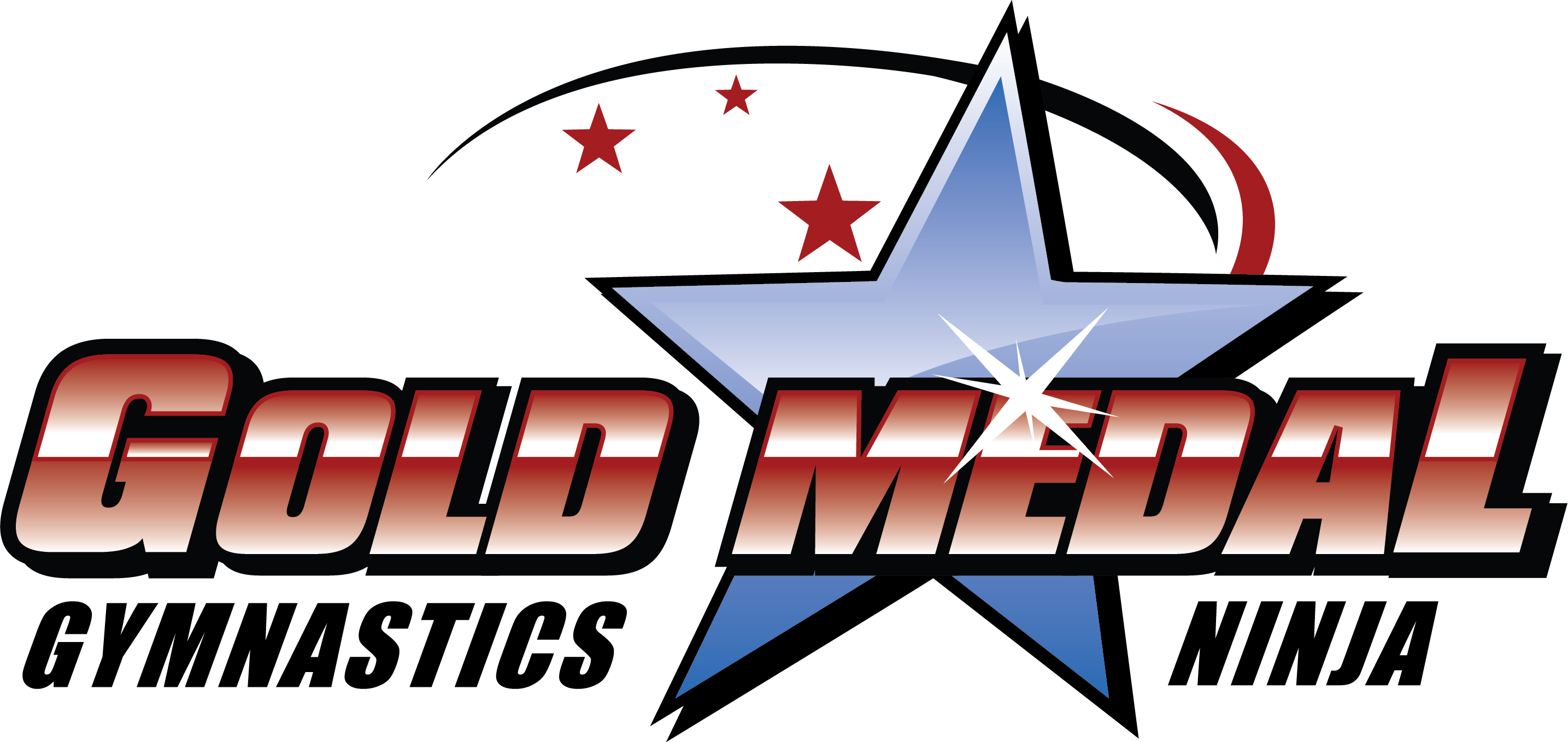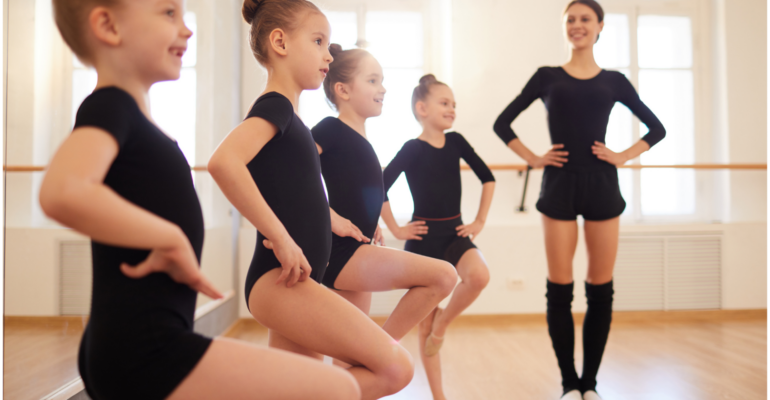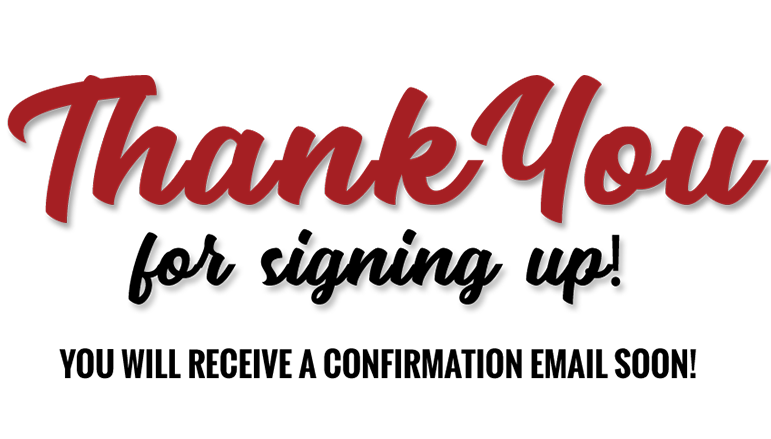Gymnastics is an incredible and impressive sport, and mastering it can seem intimidating. However, at GMGC, we can make the impossible seem possible! At GMGC, kids can experience the excitement of mastering gymnastics while challenging themselves.
By learning and mastering basic gymnastics skills, kids can get the benefits of increased strength, flexibility, and balance. They can also gain confidence and self-esteem as they master the movements. With GMGC’s coaching, kids can learn the fundamentals of gymnastics and progress from basic to more advanced skills.
Understanding The Basics
Gymnastics is a sport full of amazing movements, but in order to perform them, it is important to understand the basics. GMGC teaches kids the basics of gymnastics and how to do more difficult skills. Basics help kids get stronger, more flexible, and better at balancing. They also help give them confidence and make them feel proud of themselves when they can do something new.
Understanding the basics is really important for gymnasts, so they can learn all sorts of gymnastic skills. For example, a basic skill that will help kids become better athletes is learning how to do a handstand. By mastering this skill, they can use it as a base for learning more difficult skills like cartwheels and layouts. Furthermore, during most gymnastics for toddlers and adults, it is important to maintain an upright posture in order to maximize performance and prevent injury.
Floor Exercises
Floor exercises are a great way to practice and build strength for gymnastics. These can include push-ups, sit-ups, leg lifts, squats, and tumbling runs. By learning these exercises at home or in the gym, kids will be able to progress quickly and safely while they master more advanced skills.
Forward And Backward Rolls
To do a forward roll, one’s hands need to be on the floor in front of them. Then, the arms are slightly and legs are slightly bent, with the feet together and pointed up. Finally, push off the hands and feet at the same time and pull them towards each other as one rolls over.
For a backward roll, start by standing on one foot. Put the arms out and bend forward at the waist, keeping the knees slightly bent. Lift both legs while keeping them straight and together, and swing them over the head to land in a seated position.
To maintain balance, practice these rolls in a controlled environment with plenty of space. It is also important to have coaches there to help and offer assistance if needed.
Handstands And Cartwheels
The key components of a handstand are hand placement, body alignment, and balance. To achieve a successful handstand, it is important to have the hands placed firmly on the floor, with fingers spread wide and palms facing down. The feet should be together and pointed toward the ceiling, with the toes touching. It is also important to keep the legs straight in order to maintain balance.
To do a cartwheel, make sure the arms and legs are outstretched with the hands and feet facing forward. Push off the floor with both hands while simultaneously swinging one leg over the other. As the legs swing back down, core strength should be used to maintain balance on the floor.
Bridge And Backbend Variations
When doing a bridge, stretching and warming up the back and shoulder muscles is important. Once this is done, lay on the back with the arms stretched out to the side and feet flat on the floor. Then, lift the hips off the floor and keep the arms and legs straight. To build strength in these areas, hold this position for as long as possible.
To do a backbend variation, lie on the stomach with the hands and feet flat on the floor. Push off the ground and keep the arms and legs straight. While pushing, arch the body so that it has a slight curve. To build strength, hold this position for as long as possible.
Basic Tumbling
Tumbling is a great way for kids to practice their agility and balance. Doing a forward roll, backward roll, and bridge can help them learn basic tumbling skills. As they progress, they can move on to more advanced skills like round-offs, back handsprings, and flips. On the floor, tumbling can be as simple as doing a cartwheel or handstand.
Balance Beam
The balance beam is a great way to practice balance and coordination. Start by learning the basics, like walking, hopping, and standing. As you progress, add more difficult skills like jumps, leaps, and turns. With GMGC coaches there to help guide the way, kids can learn how to safely perform these skills and take their routines up a notch.
Introduction To The Balance Beam
The balance beam is an apparatus that provides support and helps gymnasts practice their skills. It is usually made of wood or metal and can be adjusted to different heights, widths, and lengths. Most children will start with a lower setting so they can get used to the beam before attempting more difficult skills. As kids gain confidence in their balance and coordination, they can move up to a higher setting.
Basic Balance Techniques
When starting out on the balance beam, it is important to focus on basic techniques. Some balance exercises can include walking, standing still, sitting, and hopping. These skills need to be practiced slowly and with precision to ensure that balance is properly learned. Once your child feels comfortable with these skills, they can progress to movements like jumps, leaps, and turns.
Small Jumps And Leaps
Once kids have mastered the basics, it is time to start introducing small jumps and leaps. Start by simply hopping off one foot and then the other while staying on the beam. They can also do a basic jump or leap from one end of the beam to the other. Make sure they keep their arms in front of them for balance and that they always land with both feet together.
Developing Beam Routines
After kids have mastered basic balance techniques and jumps, start creating beam routines. Routines should include at least five different elements, like a mount, dismount, skill element, transition element, and combination element.
Uneven Bars
Uneven bars are another apparatus that many kids love. This apparatus consists of two horizontal bars, one higher than the other. Kids can practice swings, forward rolls, giant circles, and dismounts on this apparatus.
Basic Grip Techniques
When starting out, it is important to focus on grip techniques. Kids should make sure their hands are firmly placed on the bar with palms facing away from them and fingers spread wide. They should also be aware of their posture, keeping their arms straight and their shoulders slightly back. This will help prevent any injuries or strains while they practice more advanced moves.
Swinging Exercises
Swinging exercises are great for developing arm and core strength. To start, kids should stand in a bent-knee position with their feet flat on the floor. Then they can grip the bar and hold onto it while swinging their hips back and forth. As they get more comfortable, they can add variations to their swings, like side-to-side motions or circles.
Basic Bar Releases And Transitions
Once kids are comfortable with swinging exercises, they can start introducing basic bar releases and transitions. To do a bar release, pull the hips up towards the bar and then release them into a forward roll. Make sure to practice this move multiple times in order to gain more control. Transitions involve moving from one event to another on the same apparatus. For example, kids can practice transitioning from the bar to a handstand or bridge.
Vaulting
Vaulting is another fun and challenging activity for kids to try. This event involves running up a springboard and jumping onto the vault table. Kids should practice basic skills like jumps, strides, and handstands before attempting more advanced techniques.
Run-Up Techniques
The run-up is the first step of the vaulting process. Kids should focus on their speed and power when running up to the board. Make sure to keep your arms tucked in and swing them back and forth for momentum. When kids are ready, they can add variations like a hurdle or slide to their run-ups.
Takeoff And Reception Techniques
Once kids have mastered the run-up, they can start working on the takeoff and reception techniques. Kids should focus on proper body alignment when taking off from the board and should tuck their chin into their chest while keeping their arms in front of them. When landing, their knees should be slightly bent and both feet touch the ground at the same time.
Rings
Rings are another apparatus that can help kids develop strength and coordination. This event involves hanging from two metal rings while performing various skills such as dips, swings, and transitions.
Building Upper Body Strength And Stability
To build upper body strength and stability, kids should start by practicing basic hangs. To do this, they should grip the rings firmly with their palms facing away and their arms straight. Then, kids should practice pulling their bodies up towards the rings while keeping their arms straight. As kids master this skill, they can add variations like circles or swings to their hanging position.
Basic Swings And Holds
Once kids have mastered the hang position, they can move on to basic swings and holds. To do a swing, grip the rings firmly and push off with the feet while swinging back and forth. Holds involve gripping the rings tightly and staying in one spot while keeping the arms straight. As kids progress, they can add variations like circles or jumps to their swings and holds.
Ring Strength Moves
To gain even more strength and coordination, kids can start introducing ring strength moves. These moves involve pulling your body up while still gripping the rings. Some examples of ring-strength moves include dips, push-ups, leg lifts, and pull-ups. Make sure to practice these moves slowly and with control in order to avoid any injuries.
Master The Basics With GMGC!
Gymnastics is a tough and rewarding sport that can help kids develop strength, coordination, and agility. With GMGC, your child can learn the fundamental moves necessary to become a successful gymnast. They will practice important skills like balance, jumps and leaps, bar releases, and more! With our experienced coaches and fun classes, your child will be well on their way to becoming a confident and successful gymnast!


